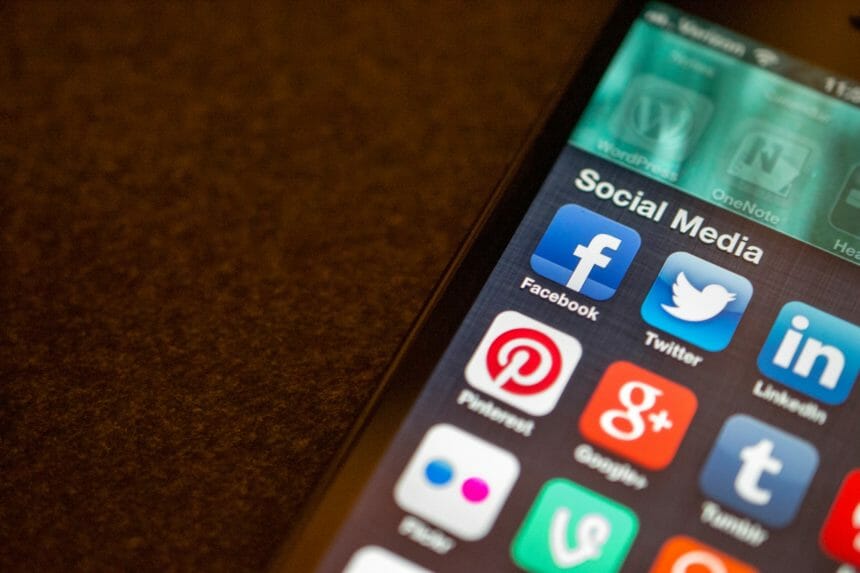The social conversation around the coronavirus is always changing as new treatments are studied, local restrictions are changed and more is understood about the virus itself.
CMI/Compas has worked to stay on top of the COVID-19 social chatter with its weekly social listening report. In its most recent report, spanning May 14 to May 27, a few new themes emerged.
Bots
Bots are a constant presence on social media and that’s no different in conversations about COVID-19. The report noted that bots were present in some of the more divisive aspects of coronavirus, like conversations about reopening cities, social distancing rules and flattening the curve.
In the past, bots typically pushed conservative-leaning messages, like attempting to debunk social distancing rules or downplaying the severity of the illness, according to the report. In recent weeks, however, more bots promoting liberal-leaning messages have appeared, said Julie Hurvitz Aliaga, SVP of social media at CMI/Compas.
“Over the past two to four weeks there has been an increase in bots trying to put out more accurate information,” Aliaga explained. “Now we’re seeing the other side of conversation creating bots as well to combat [the inaccurate information]. It’s an interesting thing to see these two-sided conversations of bots.”
CMI/Compas has also developed a method of weeding bots out of social listening reports so brands can focus on the audience that really matters.
“It’s really important for brands and marketers to be able to distinguish between a bot and a real person with real views and real questions,” Aliaga said. ”For instance, if you see an account for a nurse or retired specialist and you go to their profile and it has a bunch of emojis in it, or the retired nurse or healthcare provider tweeted every two to three minutes, we can flag that for clients as a bot.”
Anti-vaxxers
Among consumers, a thread of anti-vaxxer sentiment appeared in COVID-19 social conversations. There was also some doubt about the effectiveness of coronavirus testing in this two week snapshot.
Aliaga said the social conversation has changed since the beginning of the pandemic. After the initial shock wore off, consumers began doing their own research, she said, and are forming their own opinions. That’s how these anti-vaxxer posts have emerged.
“The shock at the beginning of the pandemic, everybody couldn’t wait for the vaccine and couldn’t wait to see what science would bring,” she explained. “Now more folks have done their own research, and typically they do research based on their own personal opinions and views, so we’re seeing a lot of those. One of those opinions has been from anti-vaxxers talking about what a new vaccine would look like and the long term impact.”
Autoimmune diseases
An area that saw an uptick in conversation was around autoimmune diseases, particularly rheumatoid arthritis and lupus, due to the use of hydroxychloroquine as a COVID-19 treatment.
During these two weeks, President Trump said he was taking the antimalarial drug to prevent COVID-19 and several high-profile clinical trials were testing its effectiveness in coronavirus patients. Concerns about the safety of the drug for these patients were also in the news.
Among HCPs, discussion around autoimmune diseases increased 50% from the previous two weeks and among consumers it increased 147%. This discussion of these two conditions also led to a discussion about access and a medication shortage. In fact, more than 99% of the medication access conversation was driven by consumers, according to the report.
These reports dive into several other disease areas, including oncology, vascular, respiratory and metabolic diseases. That way the findings can be tailored for a brand depending on its area of focus.
“From a branded perspective, we have to think differently right now,” Aliaga said. “We are in healthcare so we have to make sure we’re giving the audience the most accurate information. It’s very important to keep their ear on the conversations out there surrounding the brand, disease state and how it’s impacted by COVID-19.”







